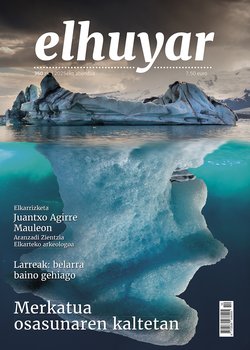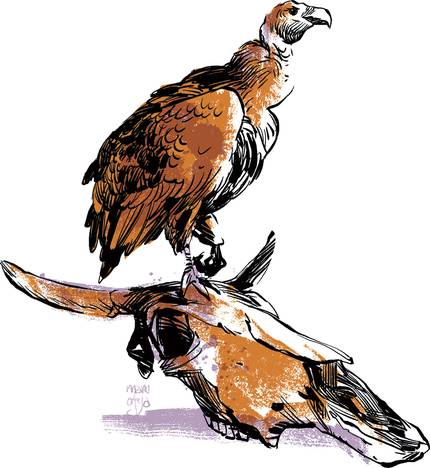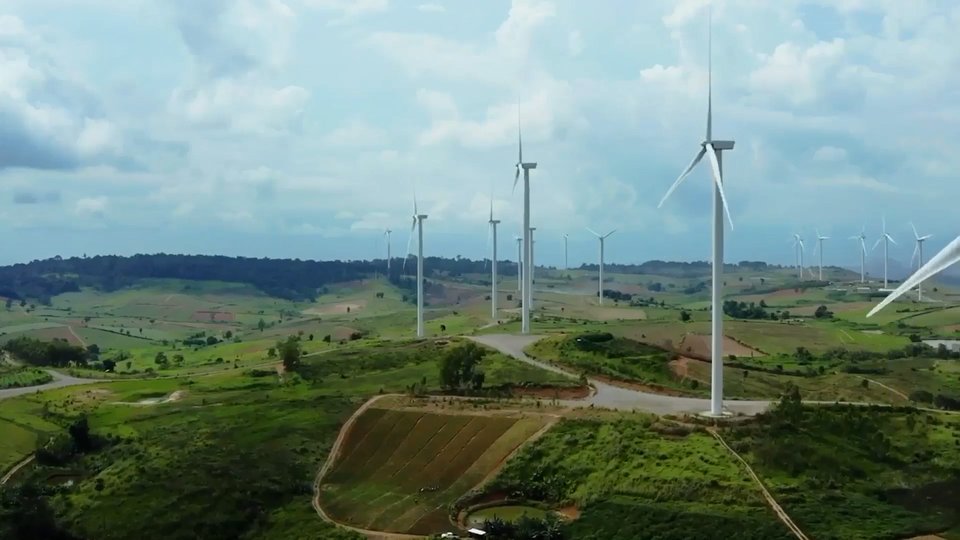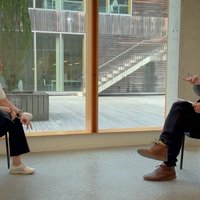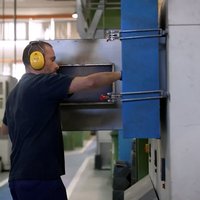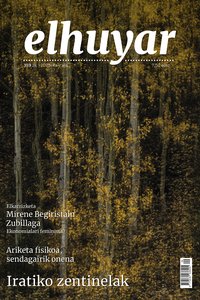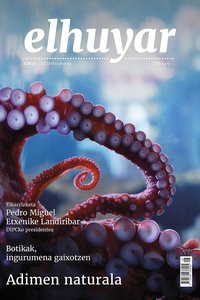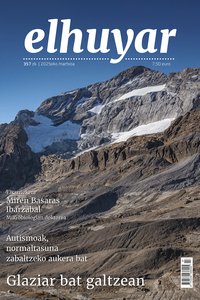The Disappearance of Indian Saiyans
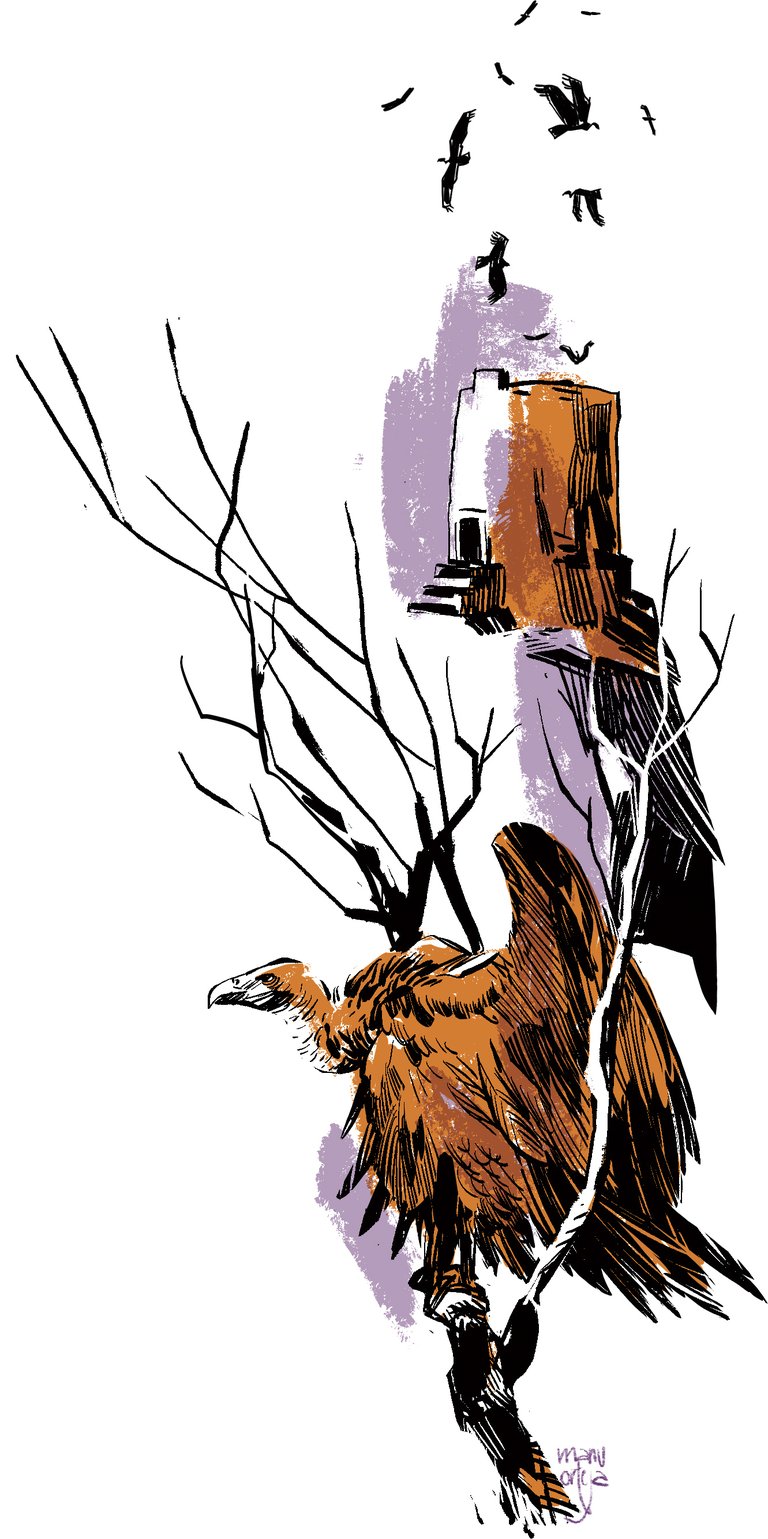
The Parsians were worried. In the Dahkms, in the towers of silence, they were piling up bodies. As religion had promised, they left their dead in those towers to prevent them from polluting the earth and the other elements. It was eating the Saiyans, the Parsiencas, the best end the corpses could have. In a few minutes they left only the bones. But from the mid-1990s onwards, fewer and fewer vassals appeared in the towers of silence. They were disappearing.
Not only the Parsias, but other Indian citizens also noticed the lack of Saiyans. The bodies of rotting animals began to be found more and more in the margins. And, attracted by those corpses, the wild dogs and rats were proliferating.
Vibhu Prakash, a biologist at the Natural History Society of Bombay, was also concerned. Ten years earlier, in 1987, in the Keolade National Park, he counted 353 pairs of Bengal white vultures (Gyps bengalensis). Nine years later, 150. And in 1997, there were only 25 left. Prakash could see with his own eyes how some vultures walked with their necks down, their heads hanging, their beaks almost touching their bellies.
In view of the magnitude and speed of the decline of the Saiyans, several international researchers began to investigate it. Initially, it was thought that the problem could be pesticides. In fact, it was known that in the United States pesticides, especially DDT, put them at risk of “silencing the springs”. And, although DDT was already banned in several countries, it was still widely used in India. However, DDT degrades much faster in warm climates and influences embryonic development more than in adult birds. Most of them suspected some new disease, some virus or some kind of bacteria.
Finding bodies in good condition for the exams was not easy. They often died in inaccessible places, and temperatures above forty degrees were common and rapidly deteriorated.
Prakash got two fresh bodies and took them to a pathologist. When he opened them, he was amazed: his internal organs were completely covered with an off-white paste. They were uric acid crystals. They had visceral gout; the result of kidney damage.
Something was hurting the Saiyans' kidneys. Viruses and bacteria can do this, and this hypothesis gained strength. But more bodies were examined, and the only thing they found was that visceral gout. No trace of viruses or bacteria that could have caused this; no heavy metals, no pesticides, no nutritional problems...
The population of Bengal white sai (Gyps indicus) and mocophin (Gyps tenuirostris) declined by 99.7% between 1993 and 2002; and the population of Bengal white sai (Gyps tenuirostris) declined by 97.4%. The three main species of Sai in and around India were in serious danger of extinction. And at the beginning of 2003, no one yet knew why.
The Parsias asked international experts for help in setting up the vulture farms. In the meantime, solar concentrators had to be installed in the Dakhs in order to replace the Saiyans in some way.
Lindsay Oaks, a microbiologist at Washington State University, had the opportunity to examine a dozen corpses; and when she saw that they found nothing, she thought they should go another way. They suspected it might be something in the food. And they realized that the main source of food for the saiyans was cattle. Maybe it was some kind of drug that was given to the cattle or could it be?
They completed a list of about 40 drugs and food supplements they used for livestock. And they studied which of them could be what had started to be used in recent years and could be harmful to the kidneys of the saiyans. They found that there was an anti-inflammatory that had long been used in the West as an analgesic, and that in India and Pakistan had started using it years before for cattle: diclofenac. In fact, the use of this drug was extended from 1994, when the patent expired and cheaper generic versions were made available.
Oaks reviewed his samples. Diclofenac was found in 28 samples of Sai with gout; in 20 samples of Sai without gout, no. In addition, meat from a buffalo treated with diclofenac was administered at different doses to some of the animals in captivity. After six days, they all died. They also found visceral gout in their necropsies. Diclofenac was very toxic to the saiyans; a very small dose was enough to kill them.
A calculation by other researchers showed that the fact that only 1% of cattle carcasses were contaminated with diclofenac could lead to an annual reduction of the sai populations by 60-90%. And when they examined the bodies of animals, they found that about 10% were infected.
In India, cows and buffaloes are mostly for milk and don’t eat their meat. They die from natural causes, about 65,000 a year. The Saiyans were essential to dismantling all these corpses.
In the absence of the Saiyans, the waters began to pollute with rotten bodies and the wild dogs and rats began to proliferate. Their stomachs, however, are not as effective at killing pathogens as the Saiyans, and they even spread them to other animals and humans. Cases of rabies and other infectious diseases increased. Researchers at the University of Chicago estimate that between 2000 and 2005, an additional 100,000 people died each year in India as a result of the decline of the Saiyans.
In 2006, the Indian government banned the administration of diclofenac to livestock. So did Pakistan and Nepal.
Since then, they've been trying to get the Saiyans back. But it's not easy. It takes five years to reach the age of reproduction and only one seasonal egg is placed. In addition, there has been a significant decrease in the use of diclofenac, but it is not completely finished.
There were about 40 million sai in South Asia in the 1980s. Today it does not reach 20,000. More than 99% of the population has been lost.
Buletina
Bidali zure helbide elektronikoa eta jaso asteroko buletina zure sarrera-ontzian


